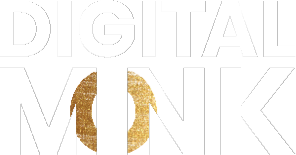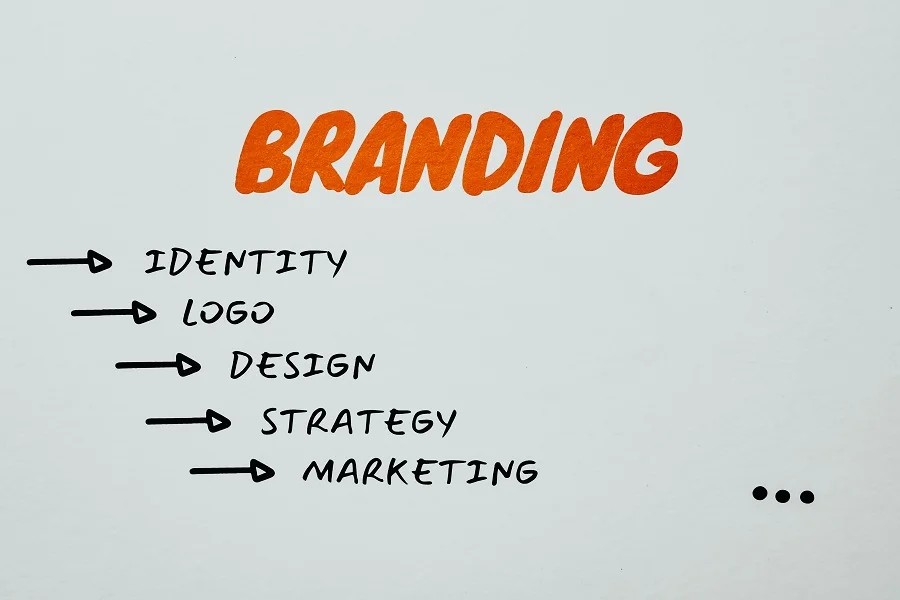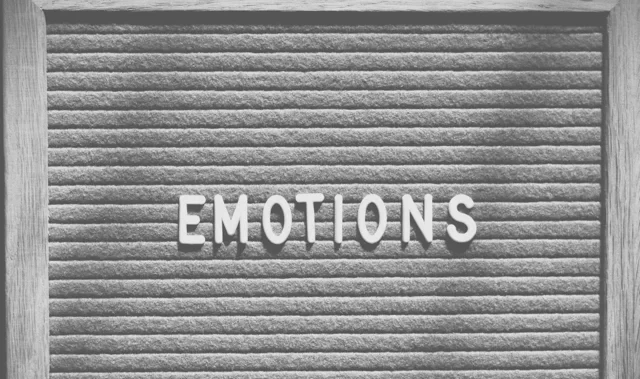Whether you make your content yourself, pay someone else to do it or any combination of the two, it takes significant time and resources to produce. You’re spending a mix of time, energy and money to get content made and for a small business, all of these things are in precious supply. In order to ensure you get the most out of the content you are creating, there are several key things you can do to ensure it is maximized. A little bit of forethought and planning can go a long way! Wondering how to really get the best bang for your buck when you create content, read on to get our top tips!
Make A Content Plan
The very first step is to review your business goals and sales and marketing strategy to ensure that what you decide to create is in alignment with the direction you have planned to go. Then, decide on the messaging and tactics that you need to convey to your audience in order to move things in the direction you want to go. When planning your content, these are the most important things to keep in mind:
-
What are your marketing goals?
-
What topics/messaging are important to share with your audience?
-
When is the best time to offer this information?
-
Which content/media types will you use?
-
What platforms will the content be used on?
The most common places that content is required for are:
-
Website
-
Blog
-
YouTube
-
Social media – TikTok, Instagram, Facebook, Pinterest
-
Brochures and printed materials
-
Online instructional documents or videos
-
Email campaigns
Once your plan is roughed out, you’ll want to start developing the content itself. Again, planning the content ahead of time makes a huge difference to save time and costs. If you know you’ll need to repurpose the content into smaller pieces, you can plan the video shoot and script to make editing easier.
Or if you know a longer (also called pillar) blog will be used to develop shorter form content, plan and write it with that in mind to make it easier. By planning ahead, you can also use some of your time to capture still images, behind the scenes content for social media and much more that can be repurposed. More about this later. For now, here’s how we tackle content creation.
Create The Longer Form Content First
The longest form of content should be created first. This will usually be a video, podcast episode or blog. As mentioned above, write your content in a way that you can easily break/edit it into smaller pieces later. This looks like ensuring your video script has clear sections that break the big concept into smaller pieces and leaving pauses between them. These can be easily edited out in the full-length version and speeds up editing for your smaller video clips. Essentially, the key message here is to keep in mind the other ways you want to use it so you can shoot/write with that in mind.
Edit Content Into Smaller Pieces
At this stage, you want to take the content you have made and break it into smaller pieces. You can capture stills from a video to use on your website, with your blogs, on social media and more. You can also use the shorter clips you mapped out as social posts, in your email campaigns and on YouTube as part of a series of smaller videos to break down a larger concept. The same ideas work for your longer form podcasts or blogs. You can use snippets of them on social media (tips reels, captions, etc.), in campaigns or as wording on printed materials. Use these to direct your audience to your website, YouTube channel or podcast to learn more about you by consuming the longer content you have available there.
Build On The Big Ideas With Short Form Content
Once you’ve taken your core content and published it at full length and in the more digestible, smaller versions, the maximization doesn’t stop there! In many cases, you can expand even further into more detail on the information shared in your initial content. Use what you have for ideas to dig deeper.
You can also use footage from videos, still images and copy you have written in many other places such as unrelated Reel or TikTok content, meme backgrounds, website/blog images, when creating bios or company profiles and so much more. The key is to have all of your original files so you can go back to the content you’ve created to use again when the time is right. A few tips to keep in mind when creating content that will have longevity:
-
Take key shots without any staff in them. Turn over happens so it’s best to focus these main shots on your space or core product offering instead of the people. Use them in the more novel shots.
-
When writing core content, don’t include seasonal references (unless you have a highly seasonal business), dates or other information that you know frequently changes. The nice thing with written content though is that you can simply update it anytime unless it’s printed.
-
If you have hired someone to create your content for you, be sure they provide you with the source files so you can properly reformat or edit the files.
Content creation and reputation management can be a lot of fun and can make a huge impact towards meeting your company goals. Use a strategic plan to get the most out of it to optimize your time and budget. This is the most critical step to ensuring content creating feels valuable and worthwhile!





